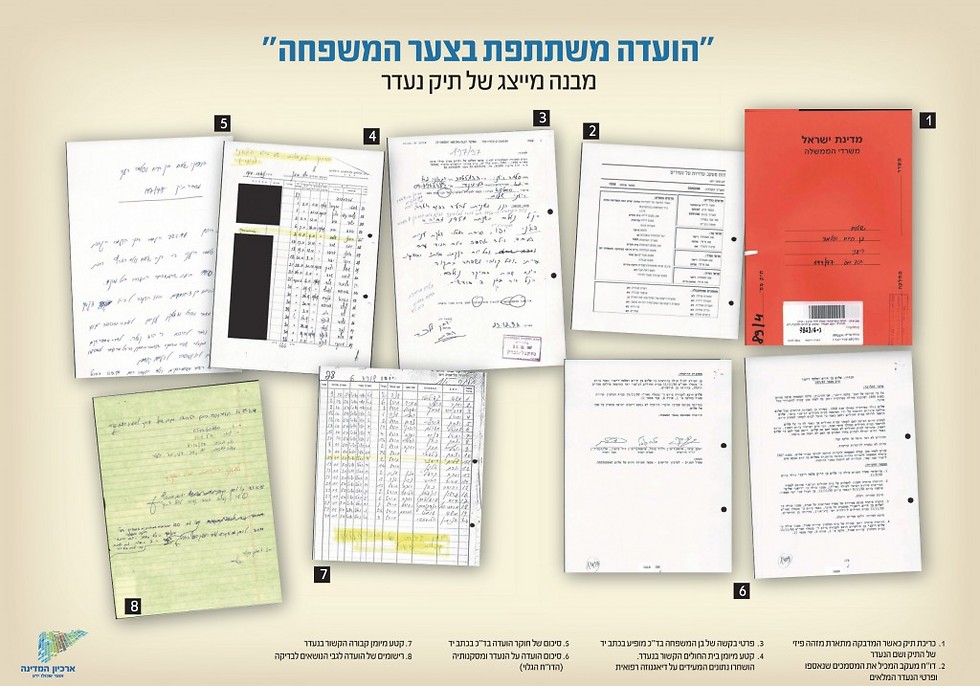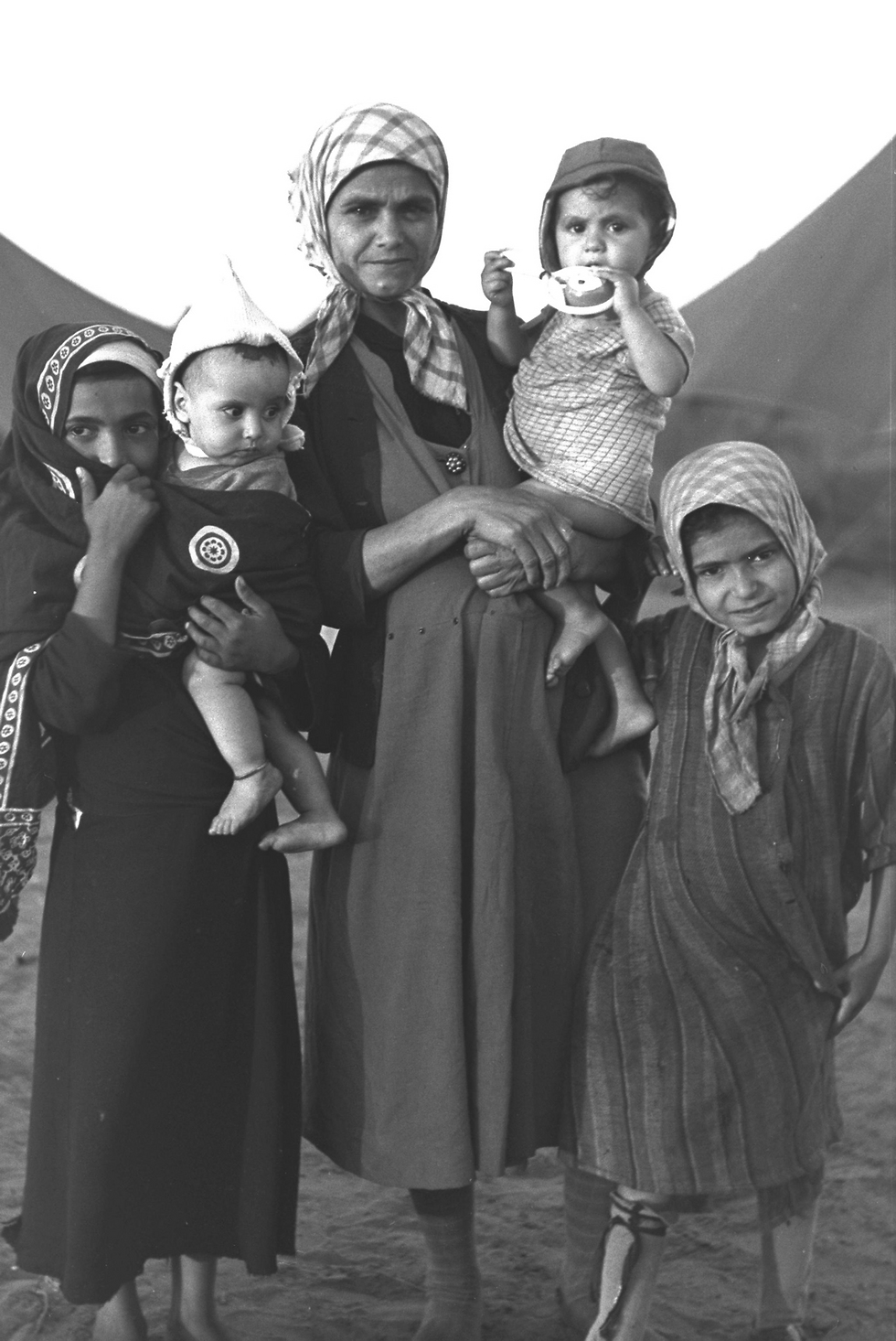
3,500 files released on Yemenite children affair
After decades of pressure placed on the government to release files pertaining to the fate of thousands of Yemenite children, who went missing between 1948-1954, researchers and families can now examine 210,000 documents on the web, shedding light on where the children went and how they eventually died.
The files contain 210,000 documents which can be accessed on the archive’s website, and will now enable family members to finally learn the fate of thousands of children, while researchers will be able to enter into personal files, examine where they were buried and their causes of death.

The Yemenite Children affair resurfaced once again in the public debate in May this year following the Achim Vekayamim organization’s stated intention to renew efforts to discover the truth behind one of the cases, which has caused a storm in Israel for decades.
Due to public pressure, Minister in the Prime Minister's Office Tzahi Hanegbi, appointed by Prime Minister Benjamin Netanyahu, was ordered to recommend that the government remove most of the confidentiality and open the protocols of the Cohen-Kedmi Committee, charged with investigating the Yemenite children affair and upload them to the internet.
During a special press conference held by Prime Minister Benjamin Netanyahu, he described the development as a “correction of injustice.”
“We are fixing today an historic injustice, of ignoring, of disappearance and of discrimination," Netanyahu declared. “We don’t know what the fate was of the Yemenite children. Close to 60 years people have not know of the fate of their children. We are not prepared for this to continue which is why we decided on transparency and justice.”
Three committees were set up to look into the scandal to investigate 1,033 incidents of which the Cohen-Kedmi Committee concluded that 972 babies had died and 56 had remained anonymous. The committee’s conclusions were published in 2001.
The committee rejected claims that the children had gone missing as a result of institutionalized kidnappings of children but did deduce from the information at its disposal that during the same period, there was “the occasional delivery of babies for adoption from kindergartens and and hospitals.”
The research of the adoption files which have now been declassified also shed light on the process of adoption in Israel during the 50s. However, the names of the children are concealed in accordance with the law.
Indeed, one of the files contains information about a girl born in 1950 who “was taken care of in a kindergarten by the welfare office of Tiberias.” In the file it is written, “The mother went missing and all efforts to find her were to no avail.” What efforts were undertaken? According to the document, an ad was published in the Davar newspaper.
The documents record another incident in which a baby girl was brought by her mother to a kindergarten and only one year later were attempts made to find her parents who did not come back. They were nowhere to be found. Similar to the previous case, just an advert was published in the Davar.
In 1954, the files reveal that a young girl was put up for adoption for a couple of Holocaust survivors after it was claimed that her mother had left Israel and her father’s whereabouts was unknown. The girl was delivered by a private broker, who also left Israel, and the new parents, claimed that they knew nothing of the child's past or the identity of her parents.
In this case, the file contains the following commentary: “It is inconceivable that the applicants took the child without a birth certificate or other material that proves the identity.”
According to documents submitted to the Cohen-Kedmi Committee by Attorney Drora Nehami-Ruth, in 1952 adoption from hospitals was a commonplace phenomenon. It involved brokers and the doctors themselves.
“This was a case of unauthorized conduct by public hospitals in delivering children who were born within their walls to all kinds of people for the purpose of adoption,” the legal advisor wrote. “I don’t want to expand on this, how easy it was to take advantage of the possibility of delivering children born outside of wedlock to people who would knock on the hospital doors in exchange for something.”













